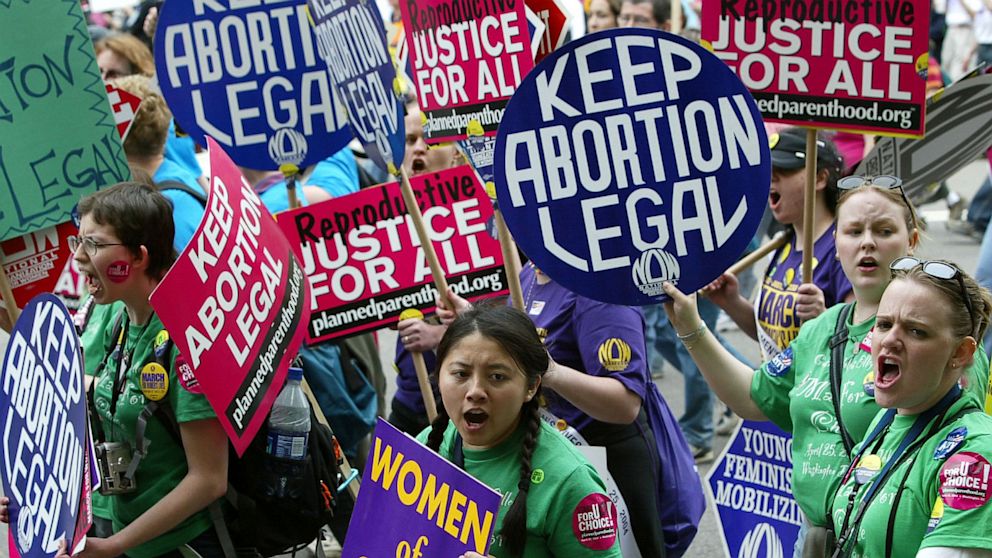Why Do Women Have Abortions After 20 Weeks, Anyway?
Certain medical abnormalities don’t show up before the 20-week mark.

Sept. 26, 2013— -- Psychologist Dr. Julie Bindeman has always been pro-choice about abortion. But she remembers feeling relieved when she got married that she wouldn’t have to worry about making that decision personally. She was in a stable relationship and children were planned for her future.
At 29, she and her husband welcomed their first child, and a year and a half later found they were expecting again. That pregnancy ended in miscarriage, so they proceeded with cautious optimism when Bindeman became pregnant again. But things looked to be progressing well; they got through the first trimester just fine, and Bindeman began to tell clients about the pregnancy.
Then, a 20-week ultrasound and follow-up tests brought things to a screeching halt. Tests revealed enlarged brain ventricles and the possibility of anencephaly, which essentially translates to “no brain.” The best case scenario, doctors told the couple, was that the baby (a boy, the ultrasound had revealed) would have the mental capabilities of a two-month-old.
An option that had seemed a distant prospect was suddenly very much on the table. Bindeman could give birth, her doctors said, or terminate the pregnancy. If she chose to terminate, she would have to travel from her home in Maryland to New Jersey for the procedure, because no one in the area was trained to do it, or she could be induced near her home. She chose the latter and a gruelling 18-hour labor followed.
Chances of a repeat situation, they were told, came in around “one in a million.” The couple were soon pregnant again, this time with a girl. But tests around the 17-week mark raised some flags and the couple found themselves thrust into a battery of tests that again revealed enlarged brain ventricles and other abnormalities. This time, because she was within a 20-week window, she had her abortion in Washington, D.C.
Doctors said future pregnancies likely had a one in four chance of ending similarly, but they wouldn’t know until around 18 weeks at the earliest. Accepting the risk, the couple became pregnant again and had a healthy daughter in July 2011. A son followed in June 2013.
"This has nothing to do with politics," Bindeman said of her decision to have the two abortions. "This has to do with the choices that my husband and I needed to make."
But a slew of politicians, many of them Tea Party candidates swept into office during the 2010 election cycle, beg to differ.
As Elizabeth Nash, state issues manager for the Guttmacher Institute, which tracks abortion laws, told Fusion in July, this year is on track to see the second-highest number of abortion restrictions ever. There have been close to 50 restrictive laws introduced so far in states across the country, from North Dakota to Texas, Arizona to Pennsylvania.
Many of the proposals, advanced largely by Republican men, target so-called “late-term abortions.”
What exactly does that mean? According to the medical community, not much.
“Late term doesn’t mean anything in terms of how pregnant someone is,” said Dr. Anne Davis, M.D./M.P.H., the consulting medical director for Physicians for Reproductive Health, which works to improve access to abortion.




